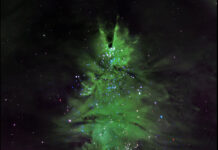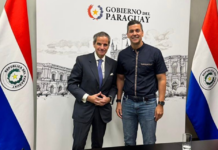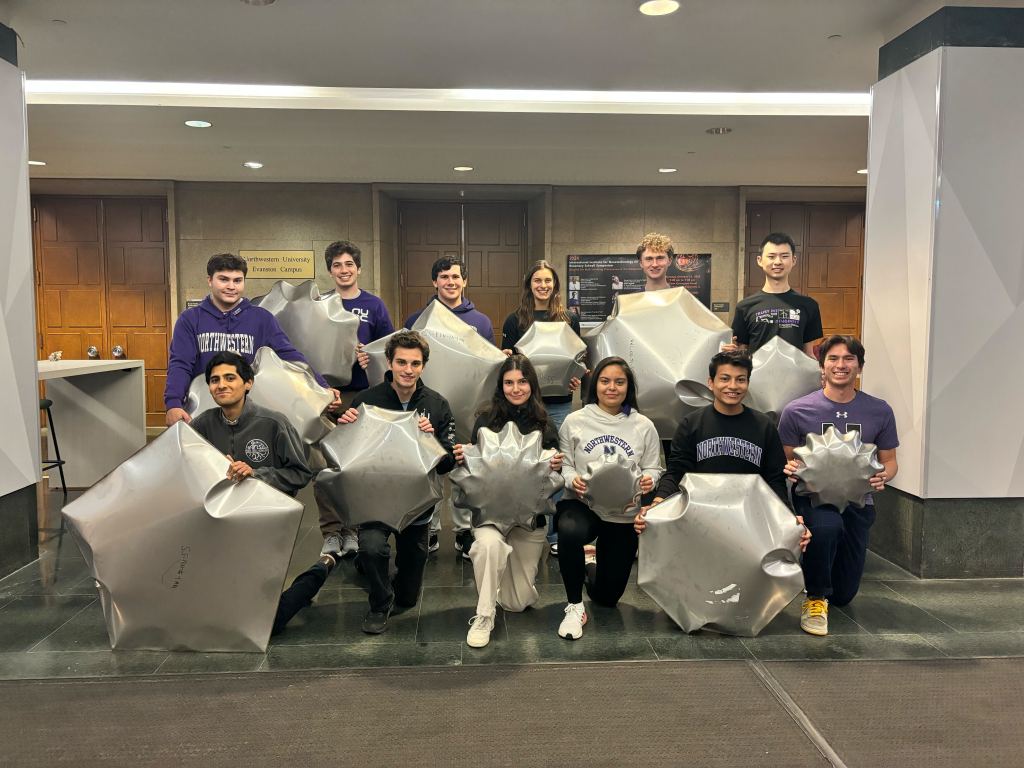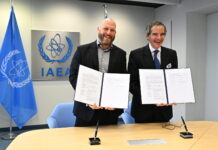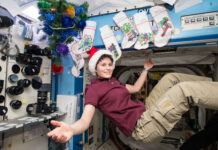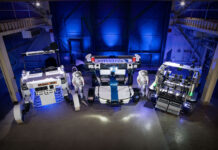Northwestern University Triumphs in NASA’s BIG Idea Challenge with Innovative Lunar Inflatables Project
In an impressive display of ingenuity and scientific prowess, Northwestern University has secured the top position in NASA’s prestigious BIG Idea Challenge for 2024. This annual competition encourages students to devise innovative solutions to complex space exploration challenges. Northwestern’s winning project, known as METALS (Modular Expandable Transportable Atmospheric Lunar Structure), captivated the judges with its potential to transform lunar habitation.
The BIG Idea Challenge, an acronym for Breakthrough, Innovative, and Game-changing Idea Challenge, is a NASA-sponsored initiative aimed at fostering creativity and collaboration among university students. This year, the focus was on developing inflatable structures for lunar applications, a crucial step towards sustainable human presence on the Moon. The challenge is part of NASA’s Artemis program, which aims to land the first woman and the next man on the Moon and establish a long-term presence by the end of the decade.
Inflatable habitats are gaining attention as they offer a lightweight and flexible alternative to traditional rigid structures. These structures can be compactly stored during transport and expanded upon arrival, making them ideal for space applications where cargo space is limited and launch costs are high. The METALS project from Northwestern University stood out due to its innovative design and practicality.
The Northwestern team designed a modular system that can be easily transported to the lunar surface and quickly assembled into a livable habitat. The use of advanced materials and novel engineering techniques allows these inflatables to withstand the harsh lunar environment, including extreme temperatures and radiation exposure. The project not only addresses the technical challenges but also considers the psychological and physiological needs of astronauts, offering a comfortable living space for extended missions.
The success of the METALS project highlights the importance of interdisciplinary collaboration. The Northwestern team consisted of students from various fields, including engineering, architecture, and material science, working together to create a holistic solution. This approach mirrors the collaborative nature of space exploration, where experts from different disciplines must come together to overcome complex challenges.
In addition to the technical achievements, the BIG Idea Challenge serves as a platform for students to gain valuable experience and connect with industry professionals. Participants receive feedback from NASA experts and have the opportunity to showcase their work at national conferences. For many students, this experience is a stepping stone to careers in aerospace and related fields.
As NASA continues to push the boundaries of space exploration, initiatives like the BIG Idea Challenge play a crucial role in inspiring the next generation of scientists and engineers. The innovative solutions developed by students not only contribute to current projects but also lay the groundwork for future advancements.
NASA Engineer Diana Acosta: Bridging Indigenous Heritage and Aviation Innovation
In another inspiring development from NASA, Diana Acosta, a talented engineer, is blending her indigenous roots with cutting-edge aviation technology. Acosta is part of a team working on the SUSAN Electrofan project, an electrified propulsion system designed to revolutionize air travel. This project is part of NASA’s broader efforts to create more sustainable and efficient aviation technologies.
The SUSAN Electrofan represents a significant shift towards cleaner propulsion systems. Electrified propulsion reduces the reliance on fossil fuels, decreases emissions, and enhances energy efficiency. This aligns with global efforts to combat climate change and transition to sustainable energy solutions.
Acosta’s journey to becoming a NASA engineer is as inspiring as her work. She has drawn strength and inspiration from her indigenous heritage, which emphasizes harmony with nature and sustainable living. Her background has provided a unique perspective that she brings to her work, advocating for technologies that align with these values.
For Acosta, engineering is not just a career; it’s a way to honor her heritage and contribute to a sustainable future. Her story highlights the importance of diversity in STEM fields, where varied perspectives can lead to innovative solutions. By embracing her roots, Acosta is paving the way for other underrepresented groups to pursue careers in science and engineering.
The development of electrified propulsion systems like the SUSAN Electrofan is critical as the aviation industry faces increasing pressure to reduce its carbon footprint. Projects like these not only contribute to environmental sustainability but also enhance the competitiveness of the aerospace sector.
Math, Mentorship, and Motherhood: Insights from NASA Engineers
Behind the groundbreaking projects and technological advancements at NASA are dedicated engineers who balance complex careers with personal lives. Among them is Diana Acosta, who successfully juggles her roles as an engineer, mentor, and mother. Her journey offers a glimpse into the multifaceted lives of those who contribute to NASA’s mission.
Acosta’s work on the Vertical Motion Simulator (VMS), a cutting-edge tool that simulates various flight conditions, is crucial for testing and refining aerospace technologies. Her expertise in mathematics and engineering enables her to contribute to projects that shape the future of aviation and space travel.
Beyond her technical contributions, Acosta is passionate about mentorship. She actively engages with students and young professionals, offering guidance and support as they navigate their careers. Her efforts are particularly focused on encouraging women and minorities to pursue STEM fields, recognizing the importance of representation and diversity.
Balancing a demanding career at NASA with family life is no small feat. Acosta credits her support system and time management skills for her ability to excel in both areas. Her story underscores the importance of work-life balance and the need for supportive policies that enable professionals to thrive in all aspects of their lives.
The experiences of engineers like Acosta highlight the human element behind NASA’s technological achievements. Their dedication, passion, and resilience drive the innovations that propel space exploration forward. As NASA continues to explore new frontiers, the contributions of its engineers remain at the heart of its success.
In conclusion, the recent achievements at NASA, from the innovative lunar inflatables by Northwestern University to the groundbreaking work in electrified aviation propulsion and the personal stories of engineers like Diana Acosta, underscore the dynamic and collaborative nature of space exploration. These stories not only inspire future generations but also remind us of the limitless possibilities when creativity, diversity, and dedication converge.
For more detailed information and updates, you can visit the official NASA website at NASA.
For more Information, Refer to this article.



















